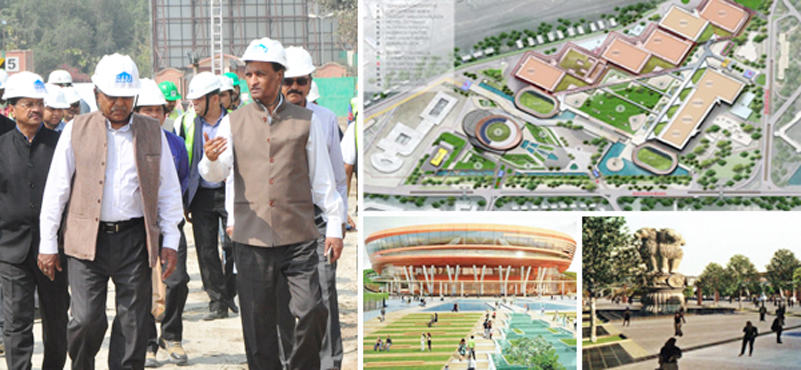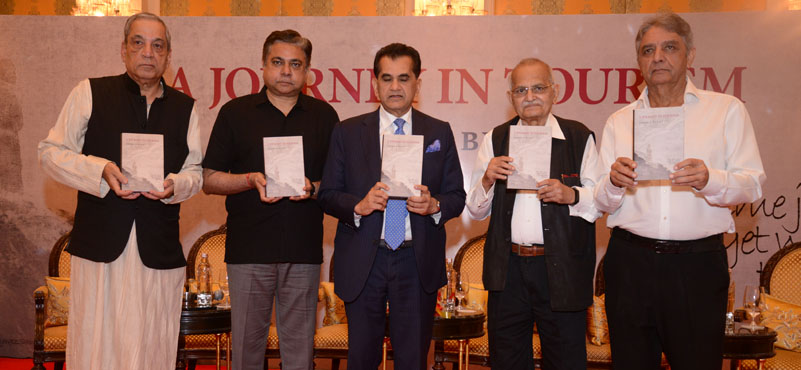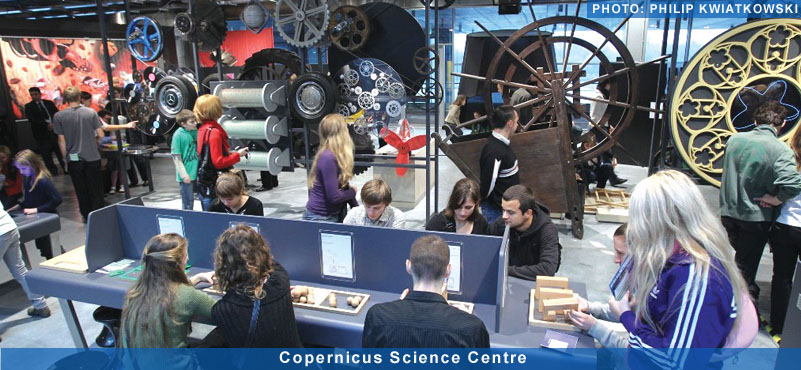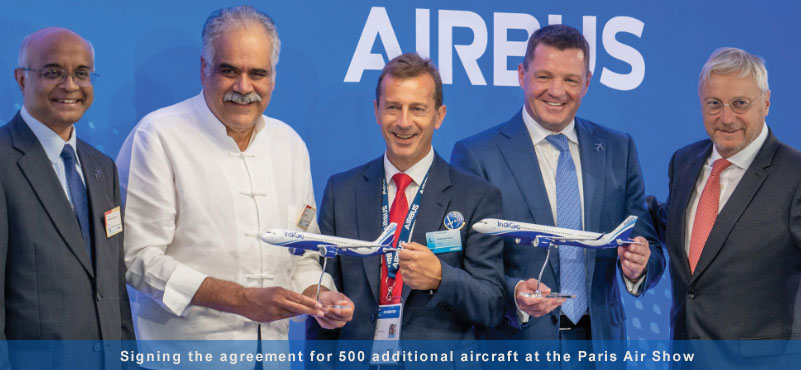The revamp of Pragati Maidan in its 2.0 avatar has been on the cards for a few decades now. After years of announcements and dilly-dallying, the project is underway with a much grander budget and provisions than ever conceived. To his credit, L C Goyal, CMD, ITPO has been pivotal in not only getting the project going, cutting across the maze of multiple agencies involved but also putting in innovative means to good use to ensure that budgetary needs were met. He believed that the revamp of Pragati Maidan was an idea whose time had finally come, and he was merely carrying out the PM’s mandate given to him to create a world-class venue for meetings and conventions. An exclusive interview unravels the details behind India’s biggest push in creating a global-level convention and exhibition venue. Excerpts:
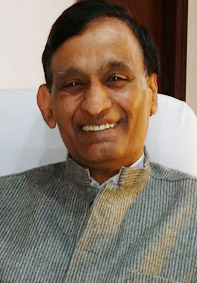
CMD, ITPO
Sharing his initial thoughts on the ongoing Pragati Maidan revamp, its 2.0 avatar so to speak, he mentioned that a “great sense of satisfaction and fulfilment” prevailed. He said that the project had been on the table since 2003 and much water had flown in The Ganges since then. “I am happy that it is happening when I am around. I have built the project brick-by-brick,” he shared, adding that he was following the PM’s mandate of creating a world-class venue for conventions.
How the cookie crumbled
Recounting the experience of dealing with the mammoth undertaking, he conceded that he was “confronted with challenges from day one”. He even quipped that given the plethora of challenges, he could “write a book”, suggesting that he had to surmount numerous obstacles.
Listing out some major constraints, he mentioned that ITPO had to work out a “strategy to get street pavilions back” with them. He shared that those buildings were not classified as heritage buildings as mandated by Heritage Conservation Committee and Delhi Urban Art Commission had approved ITPO’s plan – which entailed demolishing existing structures. He conceded that structures were “useful” and had been put to good use for a long time but reasoned that the “old had to give way to the new.” “We are building a state-of-the-art structure with modern technology,” he reasoned.
He also mentioned that a few cases were filed with the National Green Tribunal and others, against the project, but were going to have little impact on the time-line of the project ‘s completion.
He revealed that when he assumed the charge of ITPO in September 2015, he realised that the proposal was “only to construct a convention centre”. “The project was expected to cost around INR 677 crores,” he recollected. He noted that a stand-alone convention centre was a “financially unviable” project and he decided not to go ahead with the same. Any proposal needed to have all the elements – including a convention centre, exhibition halls, hospitality, retail and others – of a world-class MICE destination, he explained. Only when the entire proposal was revised to incorporate the above mentioned changes, the proposal was sent to the Cabinet Committee of Economic Affairs (CCEA), CMD said.
He admitted that the project had turned out to be “humongous” and “way beyond” what even he had imagined it to be. “It has been huge in terms of its capacity, features, design and, more importantly, in ensuring that the venue is accessed without any bottlenecks. Today, the project is worth INR 3,437 crores,” he informed. Interestingly, a sum of INR 923 crores had been earmarked only for traffic-related interventions to ensure that “three peripheries of Pragati Maidan” remained free from congestion. “I was keen on having an additional lane on Bhairon Marg to relieve its traffic congestion. The idea of whether India Gate could be connected to the Ring Road through a tunnel was an important addition. To my surprise, I realised that it was feasible. Now there would be a tunnel of 1.1 kilometres in length with six lanes and 57 metres in width,” he detailed. The proposed tunnel was going to have direct access to both sides of the basement parking at the venue.
Giving further insight, he shared that he roped in NBCC and zeroing in on the façade and design of the convention centre was a “big challenge”. Several meetings were convened, roping in stakeholders like NBCC, Delhi Police, Ministry of Urban Development, DDA, architects, and others, he said. He also shared that he was personally keen on taking inspiration from architectural elements of Rashtrapati Bhawan and Parliament. The project itself was a good blend of “traditional architecture and modern technology”, he emphasised.
The convention centre would feature a front plaza of 15 acres (6000 sq. mtrs) with a water-body of two acres. It would have a musical fountain. The venue was going to be “eventually thrown open to public, with some regulations”.
The financial matrix of the mammoth undertaking
The project, first mooted with a sum of INR 677 crores, grew and for right reasons, to INR 3437 crores (519 million USD). Financing the undertaking turned out to be an equally challenging assignment, shared L C Goyal. He explained the dynamics of funding, sharing that as ITPO paid no dividend to the exchequer, it had substantial funds accumulated in its corpus. “A sum of INR 1200 crores from the ITPO’s corpus has been utilised in the project,” he told us.
In a bid to monetize available assets, ITPO has also decided to auction a land of 3.70 acres for a “probable lease period of 99 years” for constructing a hotel. The ITPO chief hoped to receive a sizable sum from the auction. Important to mention, the winner of the auction would have to deposit the entire sum “upfront and ensure that construction is completed in a defined time-frame of three years.” ITPO has also taken a lending route and will be raising a sum between INR 800 crores – INR 1200 crores from various banks, “depending on the quantum of sum received from the auction of 3.70 acres of land.”
Approximately 80 percent of the sum needed for traffic interventions, standing at INR 923 crores, is being obtained from an “already existing scheme” under the Ministry of Urban Development to de-congest Delhi.
ITPO to emerge as a significant player in pushing MICE segment
L C Goyal unequivocally asserted that the project was going to add muscle to ITPO’s standing on the global stage. He shared that he had mooted creating a body called ‘New Delhi Convention and Exhibition Bureau’ – a city specific bureau aimed at promoting Delhi as a MICE destination. “The idea being to attract more conventions and exhibitions into the city of Delhi. The ITPO CMD will be the ex-officio Chairman of the body,” he detailed. He added that the body would involve the larger gamut of stakeholders, including event organisers, airport, airlines, logistic providers, conference organisers and hotel industry stakeholders, among others. He noted that he was “almost there with the idea” and the body was going to be functional in the coming few months. He shared that stakeholders were “very encouraged” with the idea and had welcomed the move.
He believed that with the body being operational, it was expected that all stakeholders would gain from better business prospects and each stakeholder was going to “get its share”.
Quantitative change on the cards with the revamp
L C Goyal noted that the new look Pragati Maidan was going to usher in a “massive change” in the carrying capacity. “Before the demolition, the complex has had a capacity of 65,000 sq. mtrs. Of exhibition space and seating capacity of close to 1000-1500 people,” he said, adding that the basement parking could accommodate around 500-600 vehicles. Drawing a comparison between the capacity, before and after the revamp, he informed that “the aggregate capacity of the new convention centres was going to be close 11,500 people” which is a massive jump in seating capacity. Add to that, 3000 extra-seating capacity was being provided by the amphitheatre. “In a single-format, the seating, the convention centre can accommodate around 7500 people – which is five times the capacity of Vigyan Bhawan,” he said, indicating at the quantum jump in the capacity.
What next?
The convention centre will be “up and running” by September next year. Also, three out of six exhibition halls were “going to be completed by February next year”, LC Goyal informed. Conceding that it was “tough timeline”, he shared that three halls were going to be complete in all aspects with connectivity with Mathura Road, tunnel access, F&B units on the Mezzanine floor, and others. Also, the second phase of the project could be taken up sooner, depending on the earnings generated by ITPO, he told us. The second phase would entail revamp of seven old halls – hall no. 7, 8,9,10,11,12 and 12A – with ITPO. L C Goyal informed that the ITPO projections suggested that the “revamp of these halls were going to be taken up in 6-7 years”.

